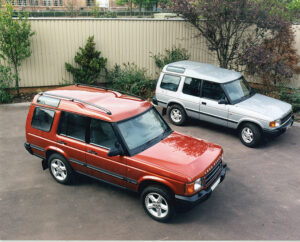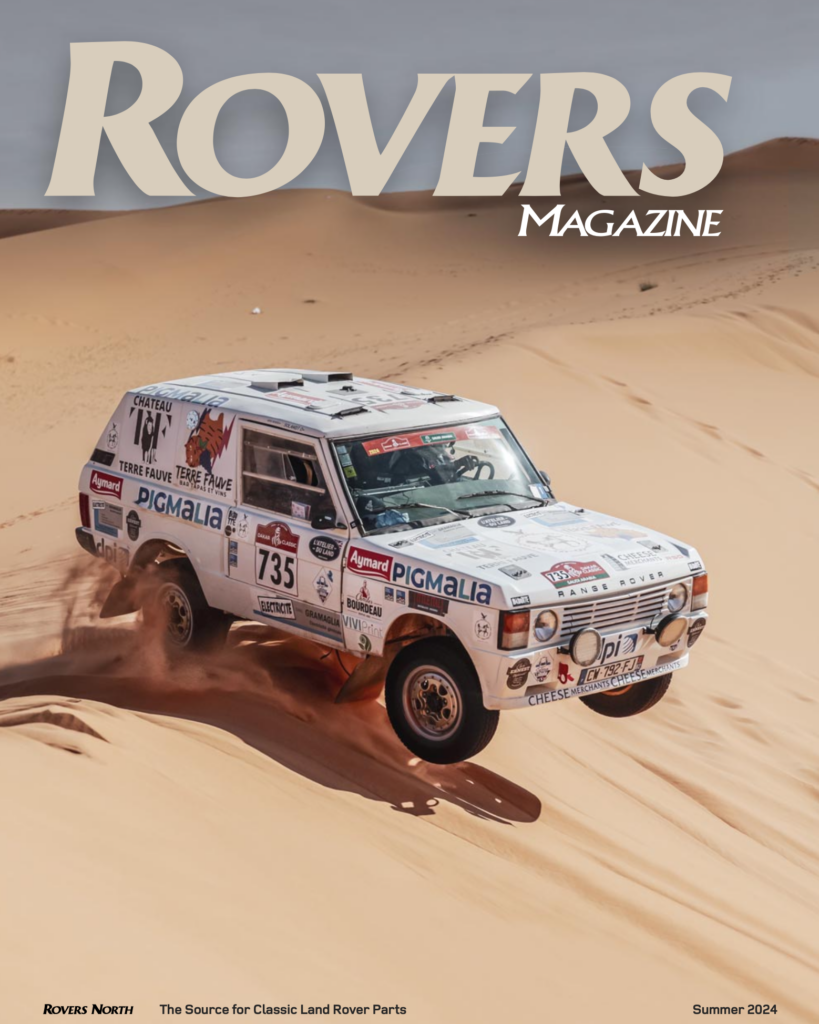As you’ll read elsewhere in this issue, I recently bought a ’98 Discovery I in Virginia and drove it back to Maine – with the assistance of a tow truck and a Land Rover specialist. It had been well cared for, but sitting did it no good. Once I paid for long-deferred repairs, it’s been a delightful driver.
An epiphany about the Discovery happened when I gave two sisters their first ride in the 26-year-old Land Rover. One sat in the front and marveled at the large greenhouse and forward vision made possible by the thin windshield pillars and tall windshield. The other sat in the middle seat and demonstrated that its “stadium seating” height was not just a marketing ploy. For sisters who only knew vehicles from recent decades, the ergonomics of the Discovery – copied from the Range Rover Classic – felt like a revelation.
These Land Rovers harken back to a time when the driver, not sensors, cameras and software, had responsibility of vehicle safety. The driver expected an expansive view through windshield, side windows and rear, and dependably used rear view and side mirrors for reversing and navigating multi-lane highways. Even better, the seating position allowed the driver to see the front corners of the vehicle; the short wheelbase and minimal overhang made it easy to sense the center and rear of the Land Rover.
Now your steering wheel vibrates if the sensors don’t feel you’re centered in a lane. Should a vehicle pass you, lights flash on your side mirrors and send out a robotic beep; when did R2D2 become your backseat driver? A replacement side mirror [new] for a Discovery I runs $199.00 at Rovers North; a side mirror for a 2024 Discovery will cost around $900.
Wait until the new regulations for Autonomous Emergency Braking take effect in 2029 – all vehicles will be required to have Autonomous Emergency Braking systems to detect other cars and pedestrians, and halt vehicles at speeds up to 90 mph. These will require radar or lidar sensors and cameras – and automatic engaging software – adding to the existing complexity and bugginess afflicting new vehicles.
Keep your vehicular experiences simple. There’s never been a better time to purchase a Series II–III Land Rover, a 1984–1991 Land Rover 90/110/130, a Defender 90/110/130, a Discovery I/II a Range Rover Classic or P38A (1995–2001).
The great Stirling Moss once said, “I love to feel a car around me, to feel the way it holds me. I love to make it do all that it was built to do, and then a little bit more.” Off-road or on-road, that’s what I want to feel, too.
Jeffrey Aronson
Editor, Rovers Magazine




